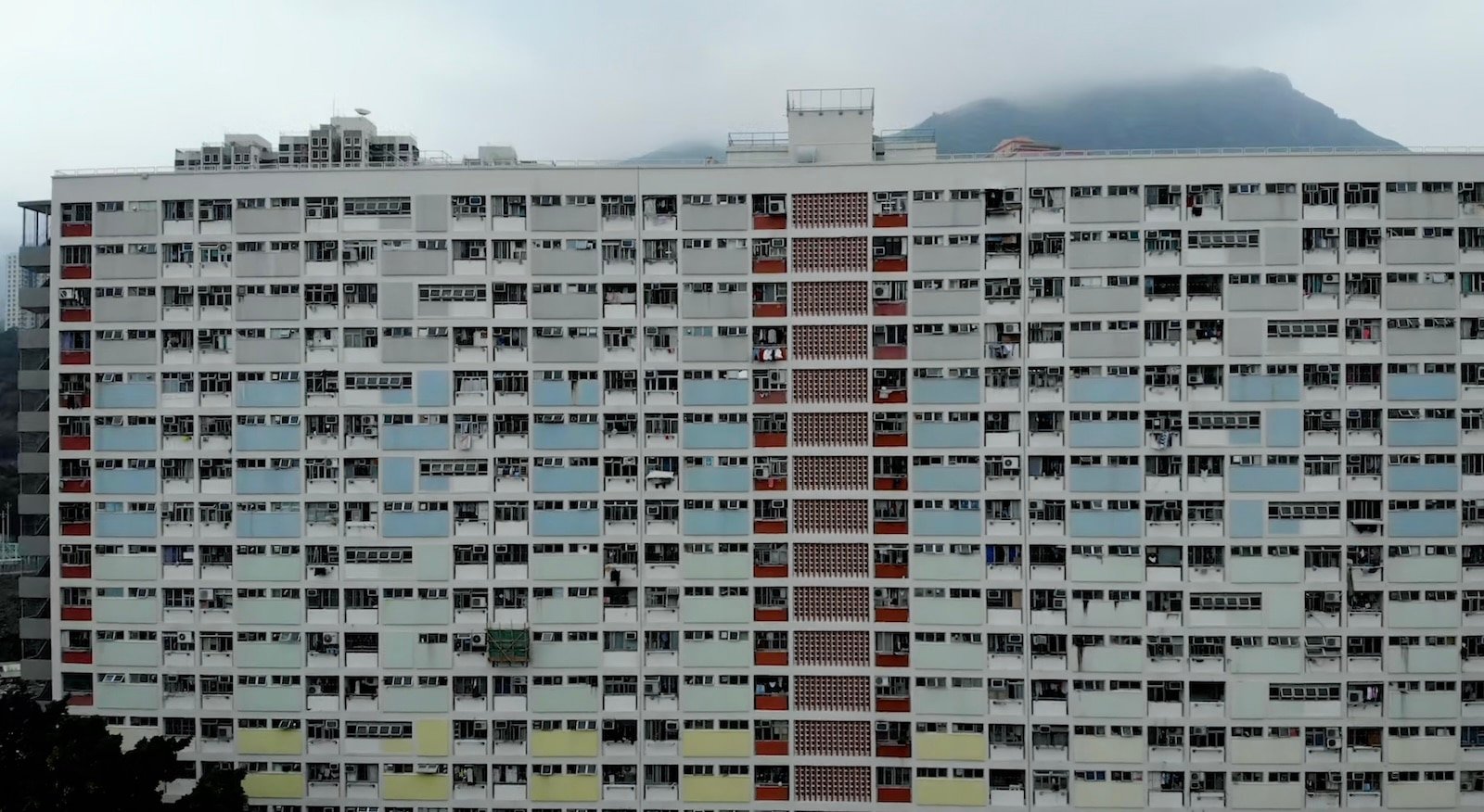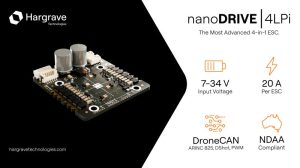Hong Kong Utilizes AI-Enhanced Drones to Address Aging Building Issue
In a groundbreaking initiative, Hong Kong’s Buildings Department has deployed unmanned aerial vehicles (UAVs) to inspect 157 aging buildings throughout 2024. This strategic move has reportedly led to a significant decrease in inspection times compared to conventional methodologies, as highlighted by a recent report from the South China Morning Post.
The department operates a fleet of eight drones, each costing around HK$40,000 (approximately $5,100 USD), complete with necessary accessories. These drones are not only remotely operable but are also equipped with advanced AI technologies that facilitate quicker report generation and enhance defect detection, especially in areas that are hard to access using traditional inspection techniques.
Improved Efficiency with UAV Inspections
The implementation of drones signifies a remarkable leap forward from the traditional inspection process, which could extend over several months or even years due to the requisite paperwork, consultations with building owners, tender solicitations, and scaffolding. Larry Wong Lui-keung, a senior professional officer at the Buildings Department, corroborated this efficiency, stating that drone inspections are “definitely faster” and can effectively capture images of all building surfaces.
This initiative was catalyzed by a series of safety incidents; notably, a man suffered injuries when concrete fell from a building facade in Causeway Bay last month, while two individuals were hurt during a similar occurrence at the Ka Wai Chuen estate in Hung Hom in December.
Trained Pilots for Inspection Operations
The department has made a substantial investment in the training of drone pilots. Initially, 69 operators received certification via external sources. Now identified as an advanced training organization by the Civil Aviation Department, the Buildings Department is conducting its own internal training and plans to certify an additional 56 pilots, with 14 staff members already having completed the certification program.
The scale of Hong Kong’s aging building crisis is vast. Data from the Planning Department projects that private residences in buildings exceeding 50 years will swell from 198,000 to 854,000 by 2048, with structures over 70 years old skyrocketing from roughly 1,000 units in 2018 to a staggering 373,000 by 2048.
Inspection Outcomes and Responsibilities
During the recent year, a total of 352 buildings were identified to have substantial external wall hazards among those inspected, including the 157 that underwent drone assessments. Of these cases, building owners undertook repairs for 207, while the remainder was handled by government contractors. Significantly, close to 60% of building owners independently initiated emergency repairs after being informed of defects.
The Buildings Department has ambitiously set a target of inspecting 360 structures annually, aiming to finalize inspections and emergency repairs for two-thirds of these buildings prior to the rainy season in summer. Chief structural engineer Stephen Chow Hing has emphasized that employing drones in conjunction with AI technology tremendously boosts the capability to detect facade damages in locations that are otherwise obscured.
Ultimately, building proprietors bear responsibility for the upkeep of their properties, which includes ensuring timely maintenance and repairs. Failure to comply could lead to criminal prosecution and civil litigation should deteriorating conditions result in property damage or personal injury.
As the department’s AI system continues to evolve, Wong points out that the data collected from these images significantly improves the AI’s defect detection capabilities compared to traditional manual inspections.

For more information, check the original article: Original Article.













